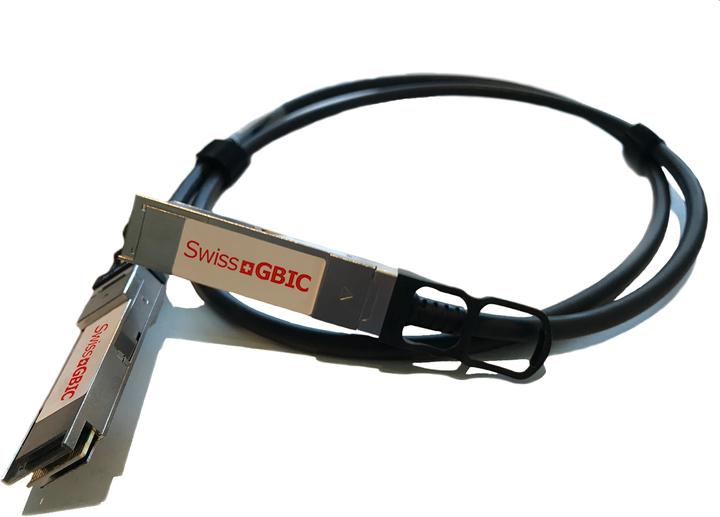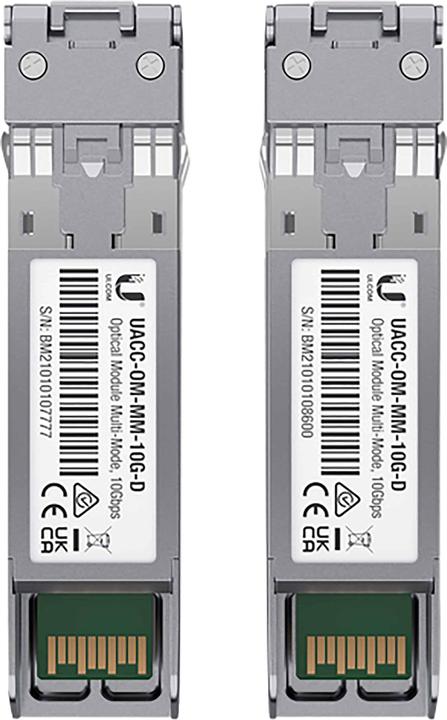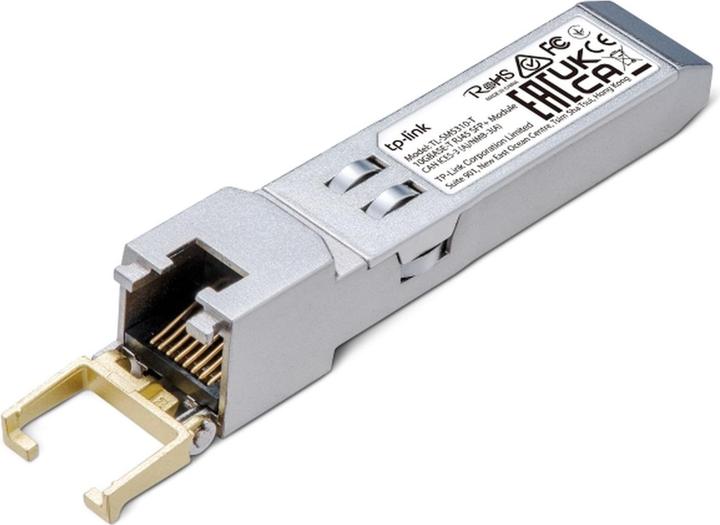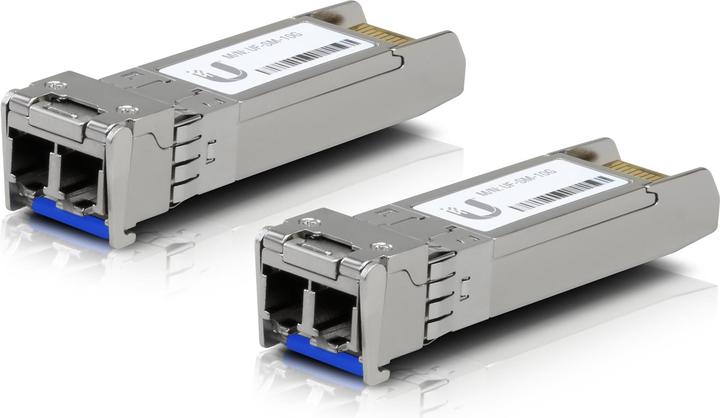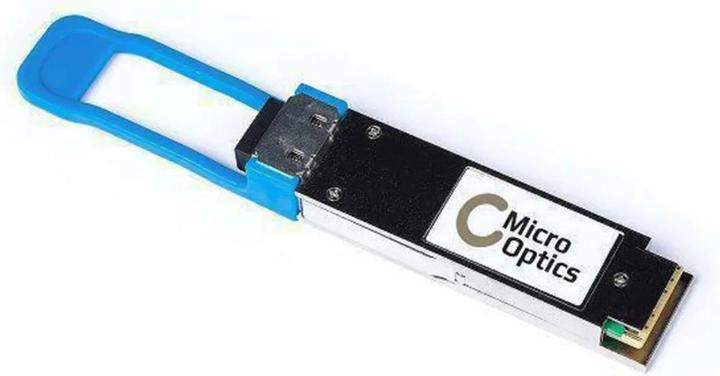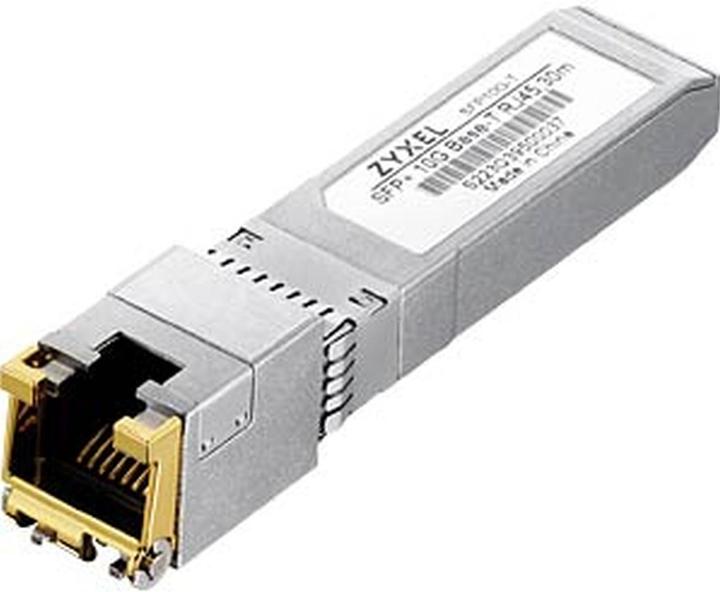
Too Many Transceivers? Here's How to Choose the Right One
Explore these essential factors to consider when selecting the perfect transceiver for your needs.
Last updated 2 days ago. Automatically generated content.


Select options and limit the number of products
Module type in transceivers defines the form factor and compatibility with network equipment, influencing data transmission capabilities and network performance. Selecting the appropriate module type is crucial for ensuring seamless integration into your existing network infrastructure and achieving desired data rates.
Popular options (you can select more than one)
SFP
Typical price
33.– to 68.–Small Form-factor Pluggable module supports data rates up to 4.25 Gbps.
Ideal for short-distance connections, offering flexibility and ease of integration in network setups.
Bestseller
SFP+
Typical price
45.– to 130.–Enhanced version of SFP that supports speeds up to 10 Gbps.
Suitable for high-performance networks requiring fast data transfer over medium distances.
Bestseller
QSFP28
Typical price
150.– to 360.–Quad Small Form-factor Pluggable module capable of up to 100 Gbps data rates.
Perfect for data centers and high-speed networks demanding large bandwidth capacities.
Bestseller
SFP28
Typical price
57.– to 190.–Advanced SFP module supporting 25 Gbps speeds.
Offers a balance between cost and performance for modern network upgrades.
Bestseller

CBO SFP28-AOC-3M
CFP2
Typical price
1700.– to 4900.–C Form-factor Pluggable module designed for high-speed 100 Gbps connections.
Ideal for long-distance and high-capacity network applications, ensuring robust and efficient data transmission.
Bestseller
Wavelength refers to the specific frequency of light that a transceiver uses to transmit data, impacting its compatibility and performance. Choosing the right wavelength is crucial for ensuring optimal signal transmission and reception, influencing the efficiency and reliability of your network.
Popular options
850 - 860 nm
Typical price
33.– to 94.–Operates in the short-wavelength spectrum, suitable for multimode fiber systems.
Ideal for short-distance communication, offering cost-effective solutions for local area networks.
Bestseller
1310 - 1330 nm
Typical price
43.– to 130.–Utilized in the intermediate-wavelength spectrum, compatible with single-mode and multimode fibers.
Recommended for medium-distance transmission, providing a balance between speed and range.
Bestseller
1331 - 1550 nm
Typical price
54.– to 210.–Functions in the long-wavelength spectrum, primarily used with single-mode fibers.
Best for long-distance communication, ensuring minimal signal loss and high-quality data transfer across large networks.
Bestseller
Transmission refers to the method by which data is transferred through a transceiver, impacting the speed and distance of data transfer. It is crucial in determining the efficiency and suitability of a transceiver for specific applications, such as data centers or long-distance communication.
Popular options (you can select more than one)
Single Mode
Uses a single light path, allowing data transmission over long distances without interference.
Ideal for long-distance communication, providing greater bandwidth and less signal loss compared to other modes.
Bestseller
Multi Mode
Utilizes multiple light paths, suitable for short-distance data transmission.
Best for local networks or data centers, offering cost-effective solutions with easier installation and maintenance.
Bestseller
Copper
Employs electrical signals through copper wires for data transmission.
Suitable for short-range applications, providing a reliable and affordable option for local networks.
Bestseller
The country of origin can influence the quality, reliability, and technological advancements of transceivers, affecting overall satisfaction and performance. Understanding the origin helps in assessing manufacturing standards and design philosophies that align with specific needs and expectations.
Popular options (you can select more than one)
China
Typical price
48.– to 190.–Known for mass production capabilities, offering affordable options with diverse features.
Ideal for budget-conscious buyers seeking a variety of choices without compromising basic functionality.
Bestseller
USA
Typical price
89.– to 220.–Renowned for high-quality engineering and innovation in technology.
Suitable for customers valuing cutting-edge features and robust performance, often at a premium price.
Bestseller
Germany
Typical price
54.– to 220.–Famous for precision engineering and high standards in manufacturing.
Perfect choice for those prioritizing reliability and durability in their transceiver equipment.
Bestseller
Japan
Typical price
29.– to 85.–Offers advanced technology with a focus on efficiency and compact design.
Great for users looking for state-of-the-art features and excellent build quality, ensuring lasting performance.
Bestseller
The brand factor plays a critical role in purchasing decisions for transceivers, impacting both performance and reliability. Recognized brands like Ubiquiti, TP-Link, and MikroTik are known for their quality and innovation, offering durable products that meet diverse networking needs.
Popular brands (you can select more than one)
Ubiquiti
Famous for offering high-performance networking technology at a competitive price.
Ideal for businesses seeking scalable and reliable wireless solutions with easy installation.
Bestseller
TP-Link
Known for its extensive range of affordable and reliable networking products.
Great for home users and small businesses looking for easy-to-use and cost-effective networking solutions.
Bestseller
MikroTik
Specializes in advanced networking equipment for professional use.
Highly recommended for tech-savvy users who need customizable and powerful networking solutions.
Bestseller
BlueOptics
Recognized for producing high-quality optical transceivers.
Suitable for those requiring reliable and efficient data transfer over long distances.
Bestseller

BlueOptics BO070703W3M-BO
Zyxel
Offers a wide range of networking products focused on security and connectivity.
Perfect for users prioritizing secure and stable network environments.
Bestseller
